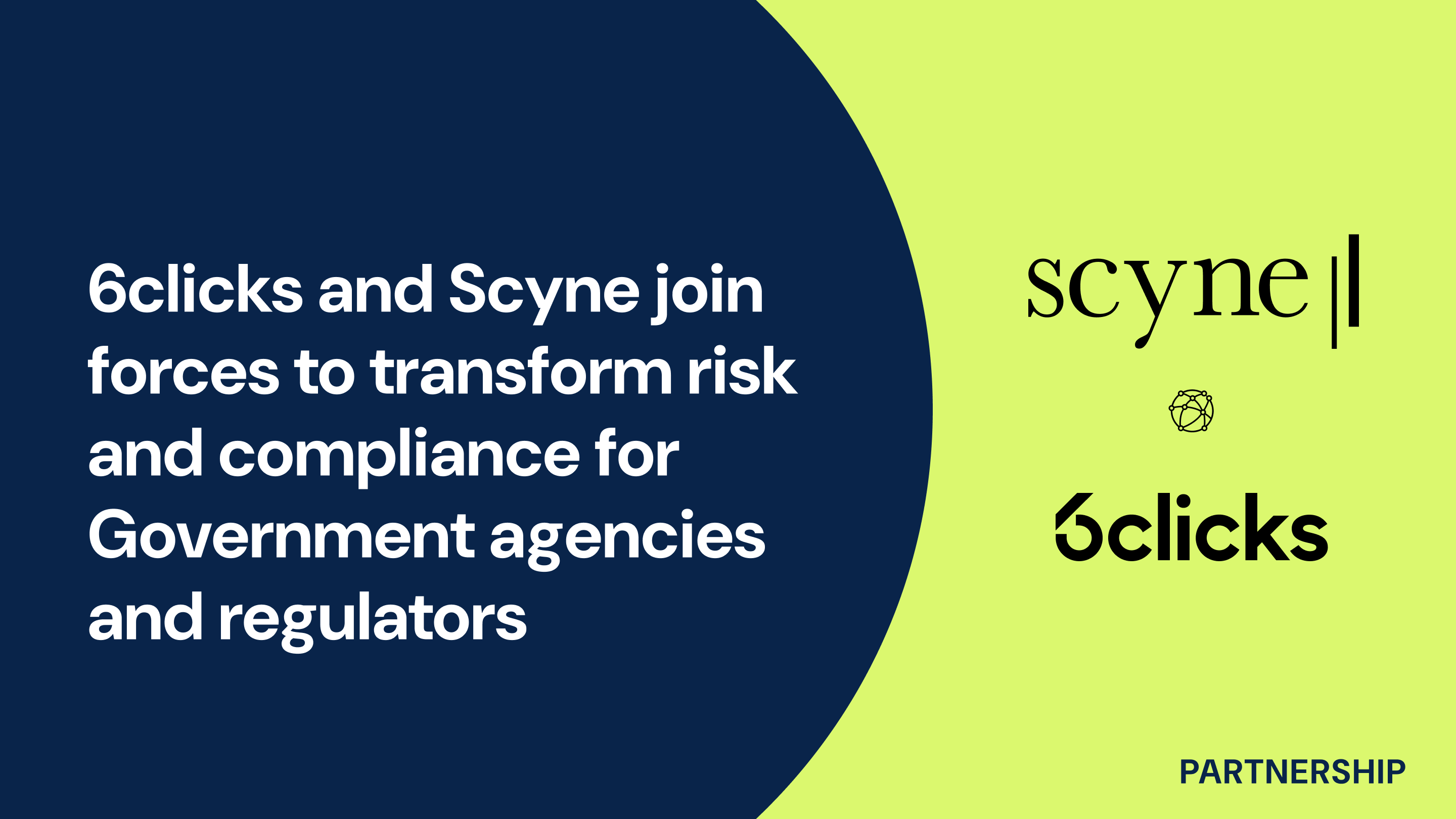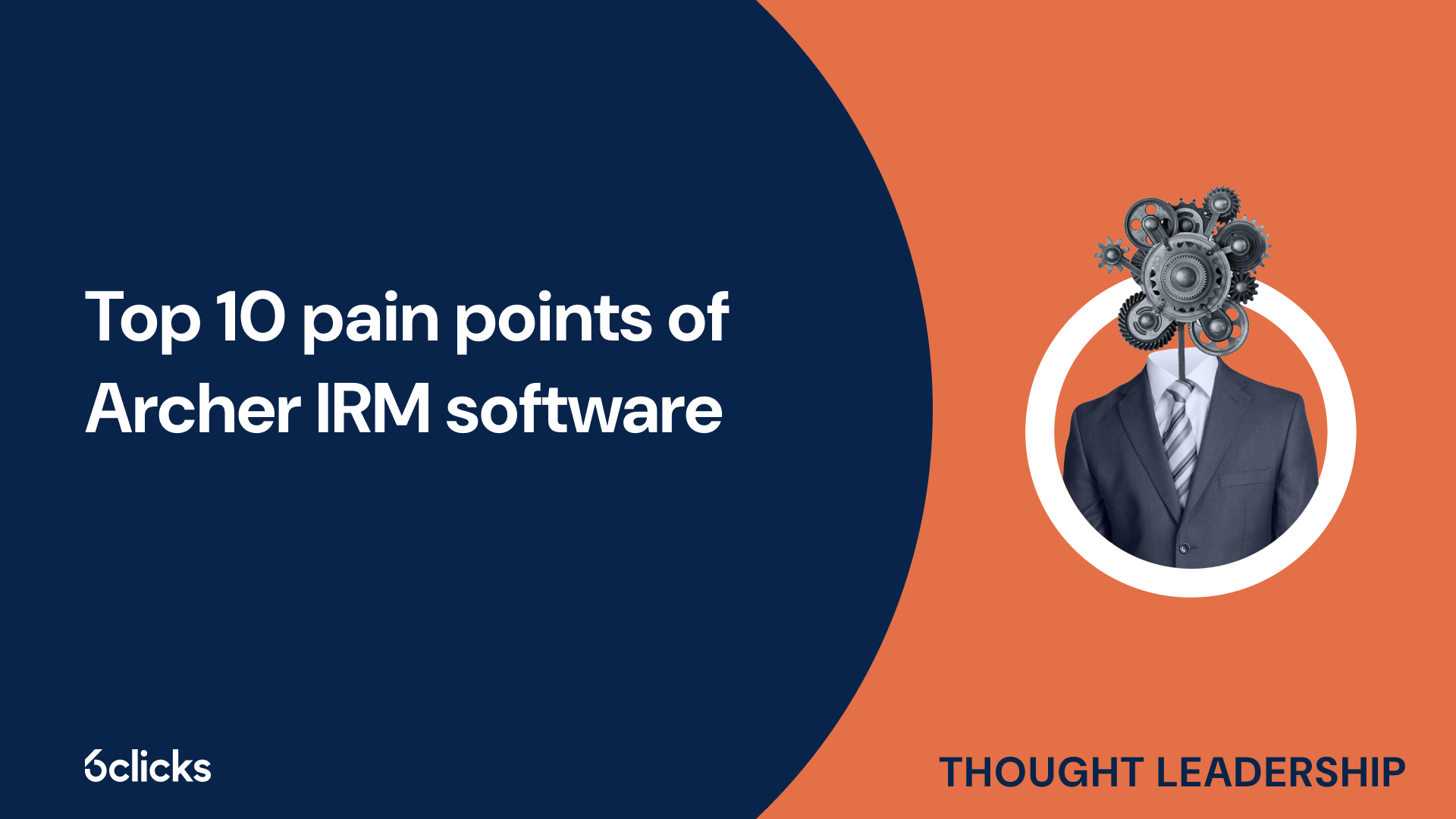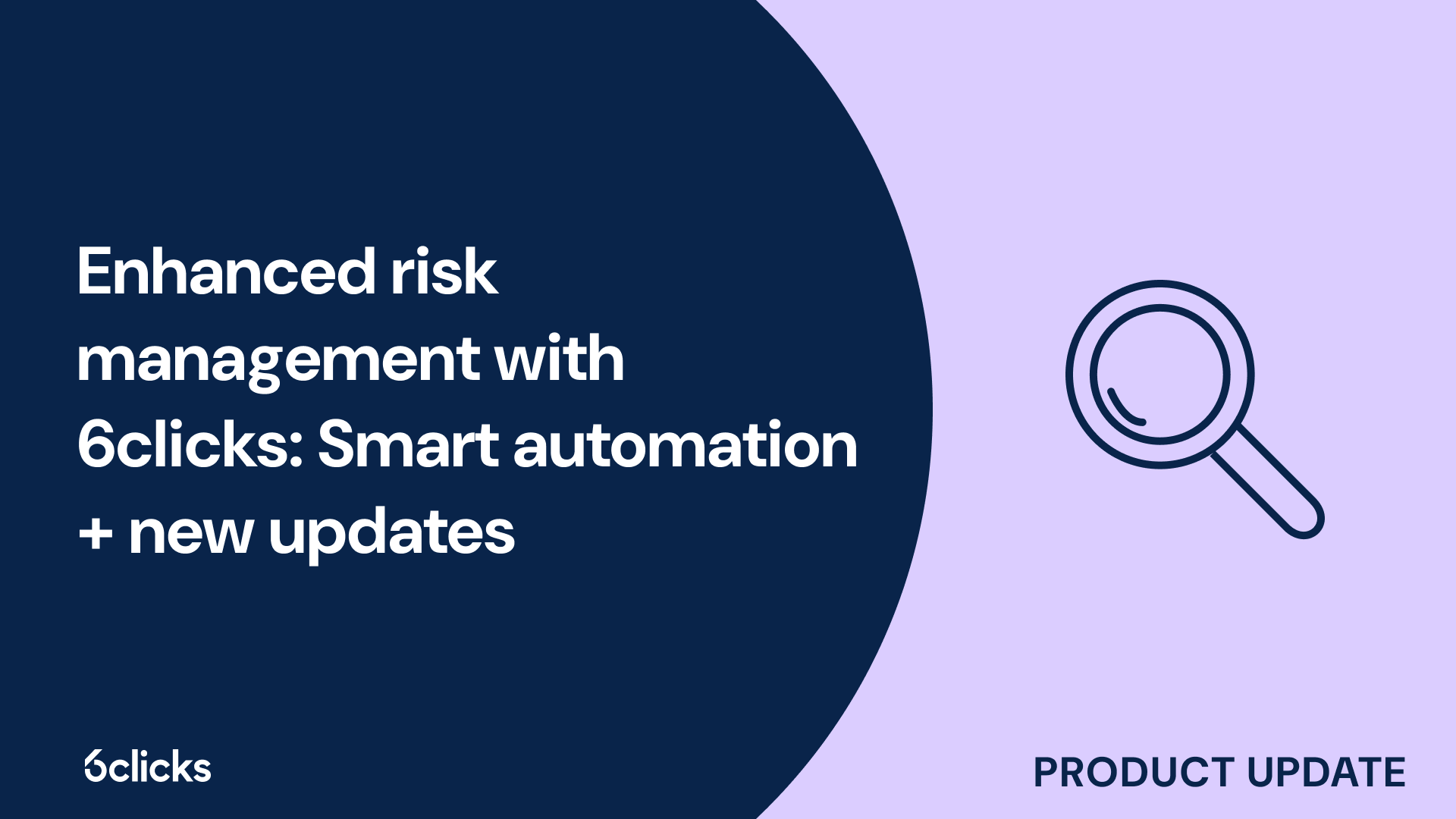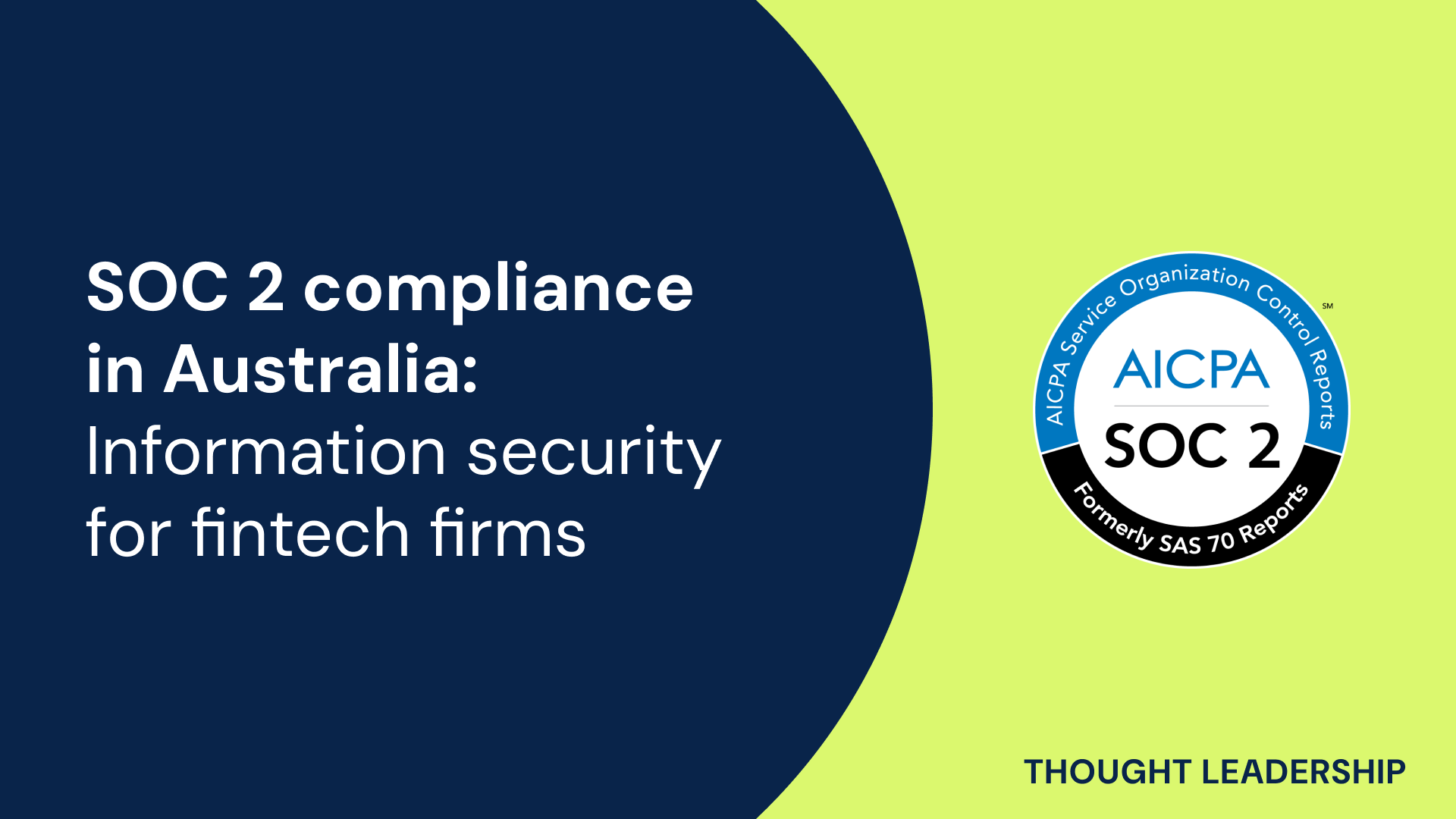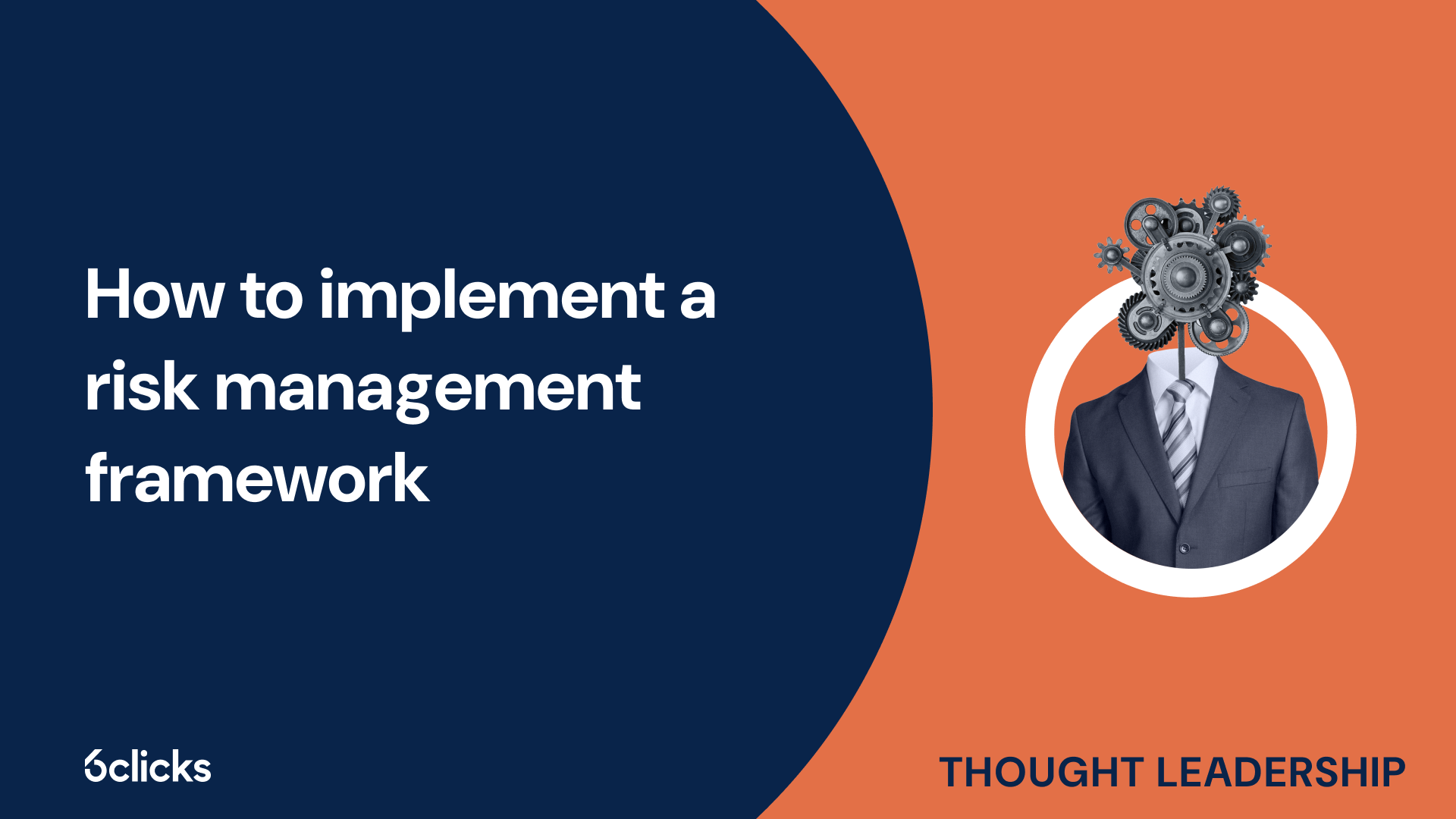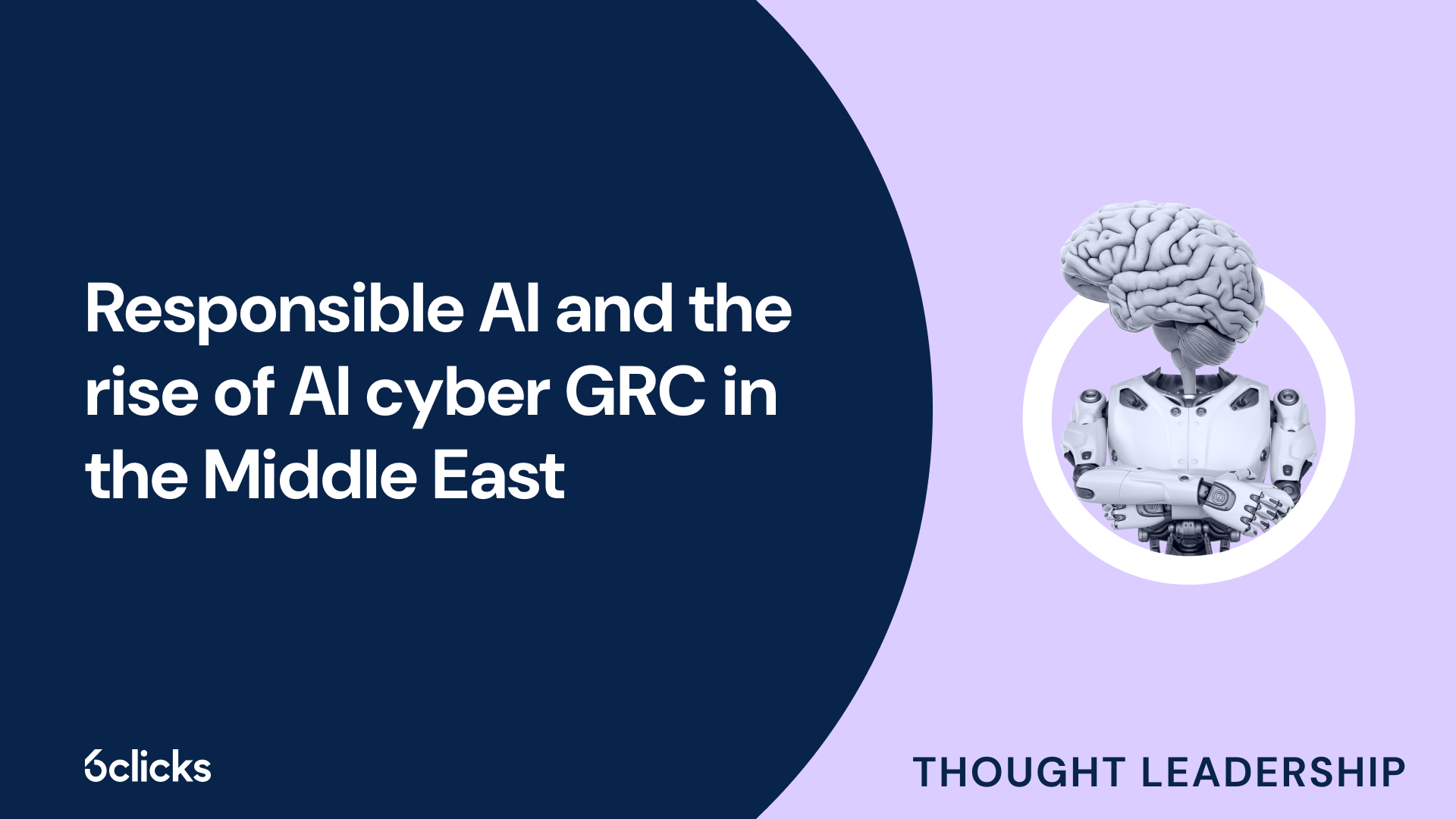The GRC buyer’s guide for 2025: Building resilience with AI-powered, federated solutions
Discover the ultimate GRC buyer's guide for 2025! Uncover how AI-powered, federated solutions transform compliance and security management for industries like government, aerospace, banking, and more. Learn about centralized control, continuous compliance, and advanced cyber GRC capabilities. Download now!
-1.png?width=200&height=249&name=Group%20193%20(1)-1.png)
The GRC buyer’s guide for 2025: Building resilience with AI-powered, federated solutions
What is cybersecurity?
Cybersecurity is the practice of protecting computer systems, networks, and data from unauthorized access, theft, and damage. It involves putting in place various measures, policies, and practices to prevent, detect, and respond to cyber threats and attacks.
In today's digital world, where technology is essential to business operations, cybersecurity is vital for maintaining a safe environment and protecting sensitive information. There are three main areas of cybersecurity that work together to provide strong protection: prevention, detection, and response. By focusing on these areas, organizations can create effective strategies to defend against cyber threats and protect their digital assets.
What are the 3 pillars of cybersecurity?
Cybersecurity is built on three core pillars: people, processes, and technology. Each plays a vital role in safeguarding an organization’s digital assets.
1. People
The people pillar is centered around the human aspect of cybersecurity. It involves the individuals within an organization who are responsible for maintaining and enforcing cybersecurity measures.
- Human error: People can be the weakest link in cybersecurity. Employees may unintentionally click on phishing links, use weak passwords, or neglect to update software. Therefore, people must be well-trained to recognize potential threats and understand their role in securing the organization.
- Training & awareness: Regular cybersecurity training is essential. Employees need to be educated on the latest cyber threats (like phishing and social engineering), best practices for data protection, and how to respond in case of a security breach.
- Security culture: Building a security-aware culture where everyone takes responsibility for cybersecurity is crucial. This includes promoting a sense of ownership in protecting organizational assets, as well as reporting suspicious activities without fear of consequences.
2. Processes
The processes pillar refers to the rules, policies, and workflows that organizations use to ensure that cybersecurity practices are implemented consistently and effectively.
- Security policies & procedures: These are the formalized rules that govern how an organization secures its assets. They may include things like password policies, data encryption requirements, and incident response plans. Security policies guide employees on how to protect data and systems and respond to security incidents.
- Risk management: The process includes identifying and assessing potential cybersecurity risks to the organization. Regular security audits, vulnerability assessments, and penetration tests are part of this process to evaluate and mitigate security gaps.
- Incident response: Having predefined processes for responding to cyber incidents (like a data breach or a malware attack) ensures that the organization can react quickly and effectively. This involves steps like identifying the attack, containing the damage, notifying stakeholders, and recovering data.
- Compliance & regulatory adherence: Processes ensure that organizations meet industry standards and legal requirements, such as GDPR or HIPAA, to protect sensitive data and avoid legal consequences.
3. Technology
The technology pillar involves the tools and systems that help protect against cyber threats. Technology plays a critical role in implementing security measures and defending against cyberattacks.
- Firewalls: Firewalls are network security devices that monitor and control incoming and outgoing network traffic based on predetermined security rules. They help block malicious traffic and unauthorized access attempts.
- Encryption: Encryption secures sensitive data by converting it into a code that can only be deciphered with the correct key. This is important for protecting data both at rest (stored data) and in transit (data being sent over networks).
- Intrusion Detection & Prevention Systems (IDPS): These systems monitor network traffic for signs of malicious activity or security policy violations. If any suspicious behavior is detected, they can alert administrators or automatically take action to block the attack.
- Multi-Factor Authentication (MFA): MFA enhances security by requiring users to provide two or more forms of verification (something they know, something they have, or something they are) before granting access to systems or data.
- Endpoint protection: This includes antivirus software, anti-malware programs, and endpoint detection tools that protect devices (computers, smartphones, servers) from being compromised by cyber threats.
Together, these three pillars work in tandem to create a robust cybersecurity strategy. Each pillar addresses different aspects of security, from human behavior to procedural standards and technical defenses, providing a well-rounded approach to protecting an organization’s digital assets.
Summary
Cybersecurity is essential for protecting computer systems, networks, and data from unauthorized access, theft, and damage. It involves a combination of preventive measures, detection systems, and responsive strategies to safeguard digital assets from cyber threats. The three core pillars of cybersecurity—people, processes, and technology—work together to create a strong defense against cyber risks. The people pillar emphasizes the importance of employee training, awareness, and a security-driven culture. The processes pillar focuses on establishing policies, risk management strategies, and incident response plans. The technology pillar includes tools like firewalls, encryption, and intrusion detection systems that defend against cyberattacks. Together, these pillars provide a comprehensive and proactive approach to ensuring cybersecurity.




